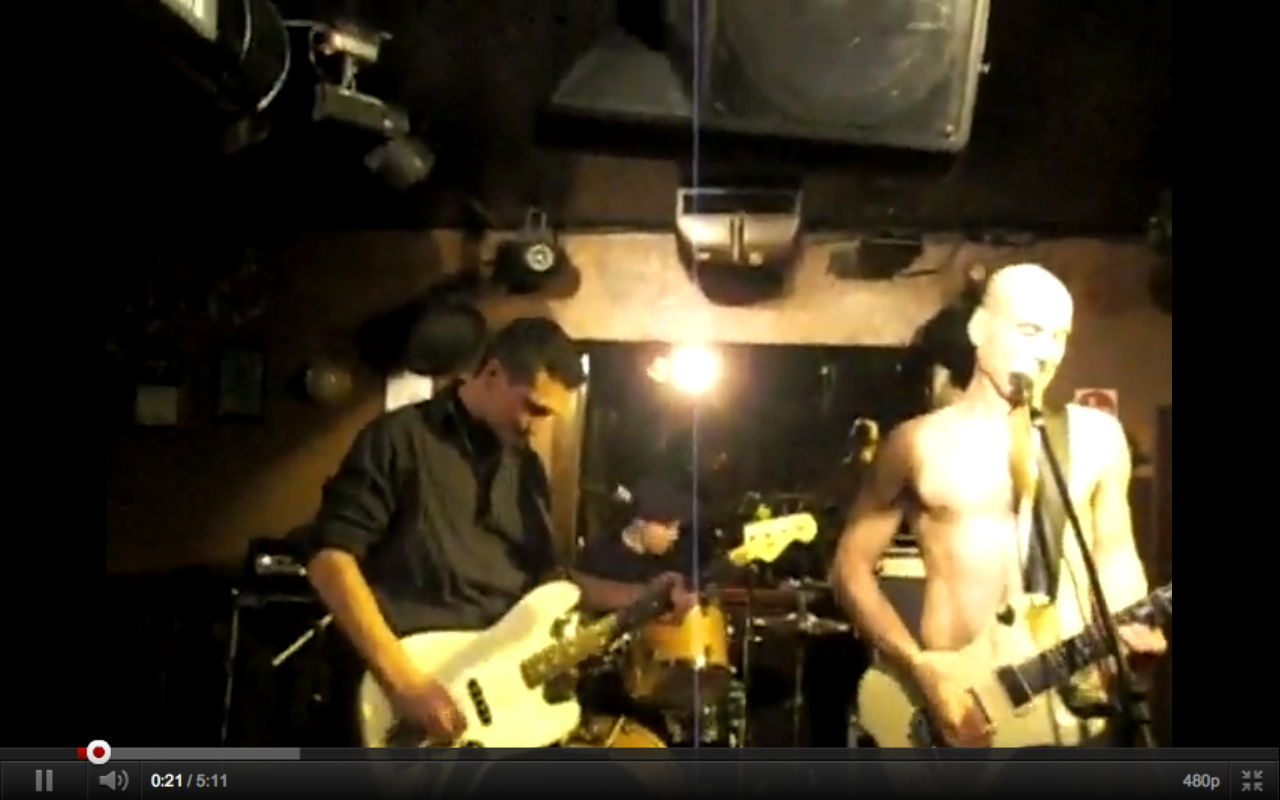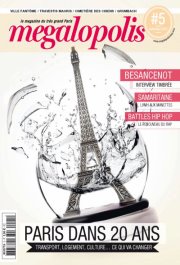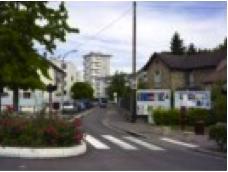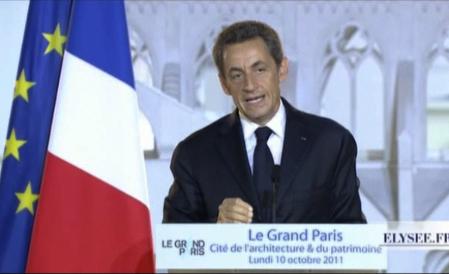Construction begins this week on the new Place de la République, a project 150 years in the making.
At 300 yards by 130 yards, the Place de la République is one of the largest squares in Europe. But its lay-out has been a problem that has bedeviled urban designers since Gabriel Davioud was first entrusted with its design in the 1860s.









